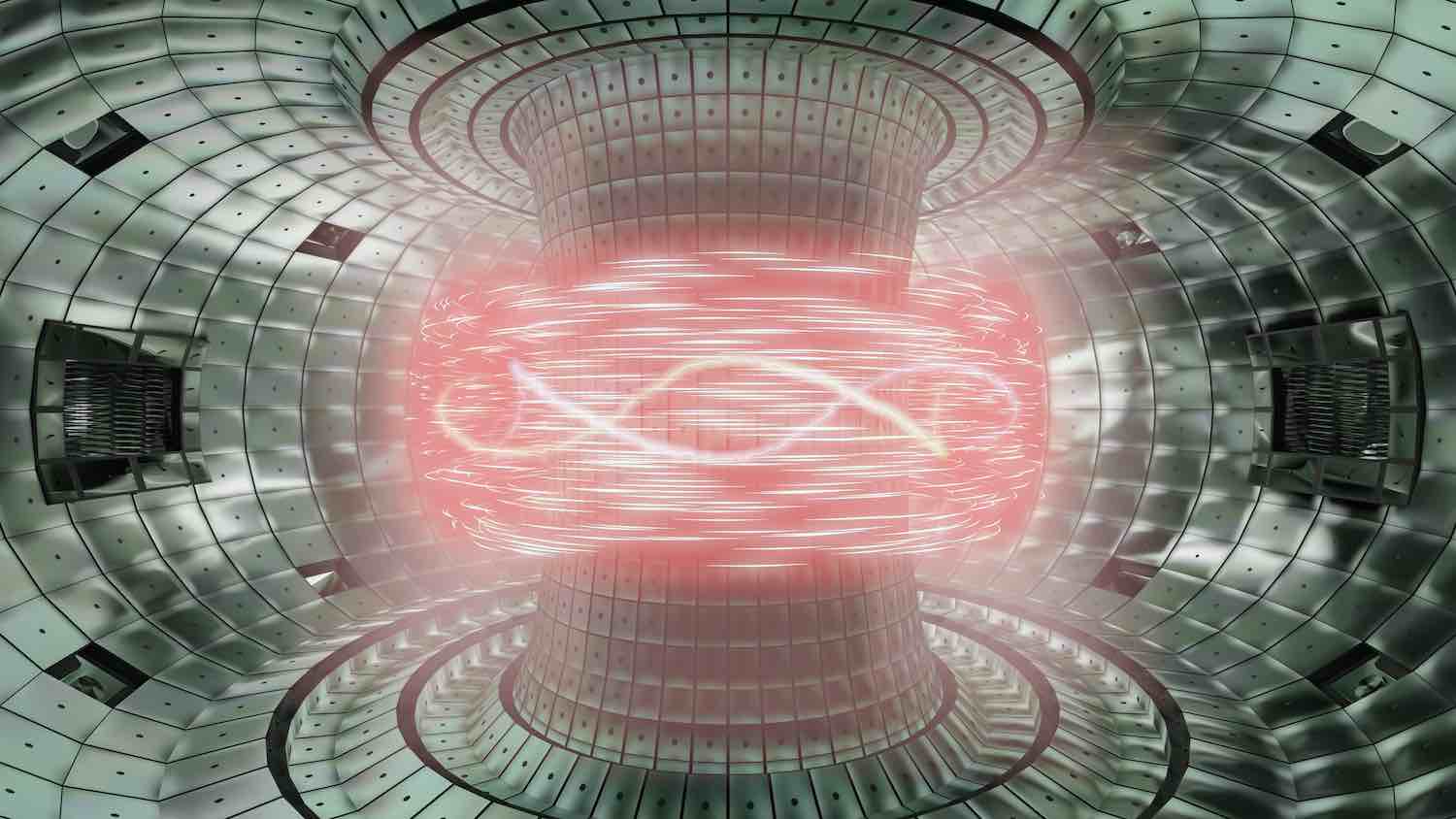ImpactAlpha, June 3 – Some $5 billion has been invested by the private sector in fusion energy startups. Last month, Microsoft inked the first pre-purchase agreement for grid-connected fusion power – to be delivered by 2028. This week, the Department of Energy awarded $46 million to eight fusion companies to help commercialize the technology. The funding is contingent upon the companies achieving agreed upon milestones over the next 18 months.
“It’s no longer a question of possibilities,” said US energy secretary Jennifer Granholm in announcing the awards. “It’s a question of ingenuity and whether we can muster up the investment and the commitment that this challenge demands.”
Scientists have been working on fusion energy, which harnesses the same processes that power the sun, for almost a century. But advances in technology and materials are bringing fusion tantalizingly close to reality.
The eight fusion hopefuls demonstrate the range of approaches and innovation being applied to the challenge. Commonwealth Fusion Systems in Cambridge, Mass. uses a doughnut-shaped tokamak and high-powered magnets; Type One Energy in Madison, Wisc. employs a stellarator design. It raised $29 million this week in a round led by Breakthrough Energy Ventures, TDK Ventures and Doral Energy Tech Ventures. Redwood City, Calif.-based Xcimer Energy uses laser inertial confinement, the same approach used by Lawrence Livermore National Laboratory to generate “net energy” last year.
Others are experimenting with newer ideas. Seattle-based Zap Energy eschews magnets and lasers for a sheared flow “Z-pinch” system that could lead to low-cost, compact fusion generators. Realta Fusion is developing compact magnetic mirror fusion generators with an eye towards decarbonizing industrial processes. The University of Wisconsin-Madison spinout raised a $9 million seed round from Kholsa Ventures this week.
The other awardees include Focused Energy in Austin, Tex., Princeton Stellarators in Branchburg, NJ, and Tokamak Energy in Bruceton Mills, West Va.
Catalytic government capital
“By funding such a diverse portfolio, our ultimate goal is for the strongest solutions to rise to the top and to help us chart a clear path forward to bring clean fusion energy to American homes and business,” said Granholm.
Government funding has seeded crucial technology, from microprocessors to the Internet. The Energy Department and National Science Foundation are among the most prolific climate-tech investors, as ImpactAlpha’s Climate Co-Investor Tracker, developed by Vibrant Data Labs and SecondMuse, has shown.
The Milestone-Based Fusion Development program draws on $415 million allocated for fusion energy development via the 2020 Energy Act and the 2022 CHIPS and Science Act, with the goal of creating fusion pilot plants over the next five to ten years. The awardees will work with government labs to achieve their milestones over the next 18 months in the first phase of the program. (The fusion companies will also develop community benefit plans in line with the Biden administration’s Justice40 initiative).
Fusion is “the ultimate energy source,” said Phil LaRochelle of Breakthrough Energy Ventures, which has invested in Commonwealth Fusion and Zap Energy in addition to Type One. The DOE milestone program “will go a long way towards getting commercial fusion reactors in the US and in a greatly accelerated manner.”
In particular, he said, the public milestones could help investors better evaluate progress towards commercialization of fusion, “opening the doors for a lot more private investment to come in.”











